Design Basics: Don’t Plan, Just Plant
This gardener offers a no-nonsense approach to designing a perennial border
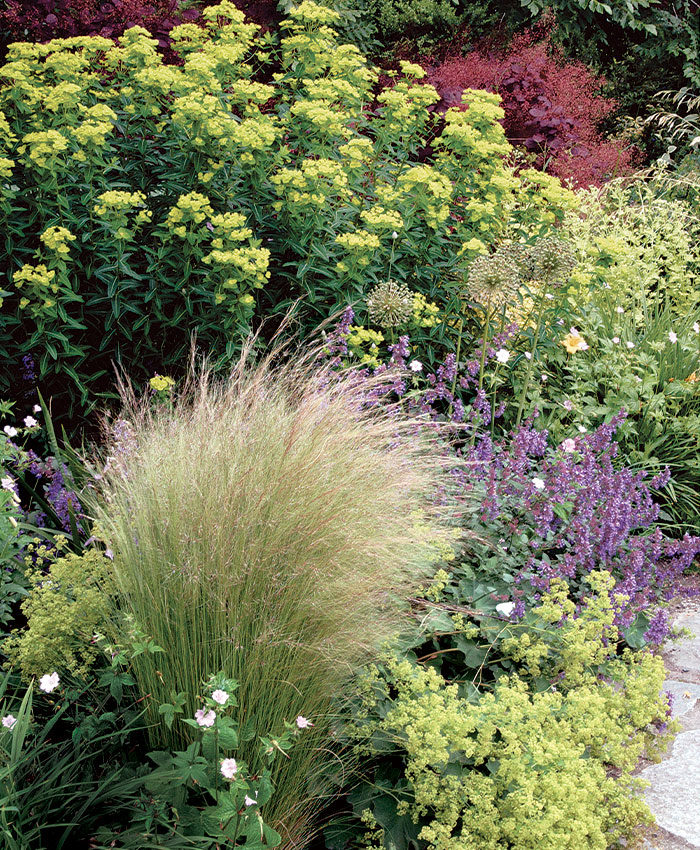
Perennial borders are an excellent place to learn from failure. If I started where most people start—with the gardening books, magazines, and catalogs—I would do this: Choose my site carefully, decide on a style, and limit my color palette. I would also work with texture and form, use repetition, choose my primary season of bloom, and pick plants for foliage quality. Voilà! The design would then be complete. If it were truly this easy, I would see many more successful gardens than I do. Although all of these elements are important, I don’t believe the best borders evolve from this sequence.
Learn more: Video: Designing a Small Border
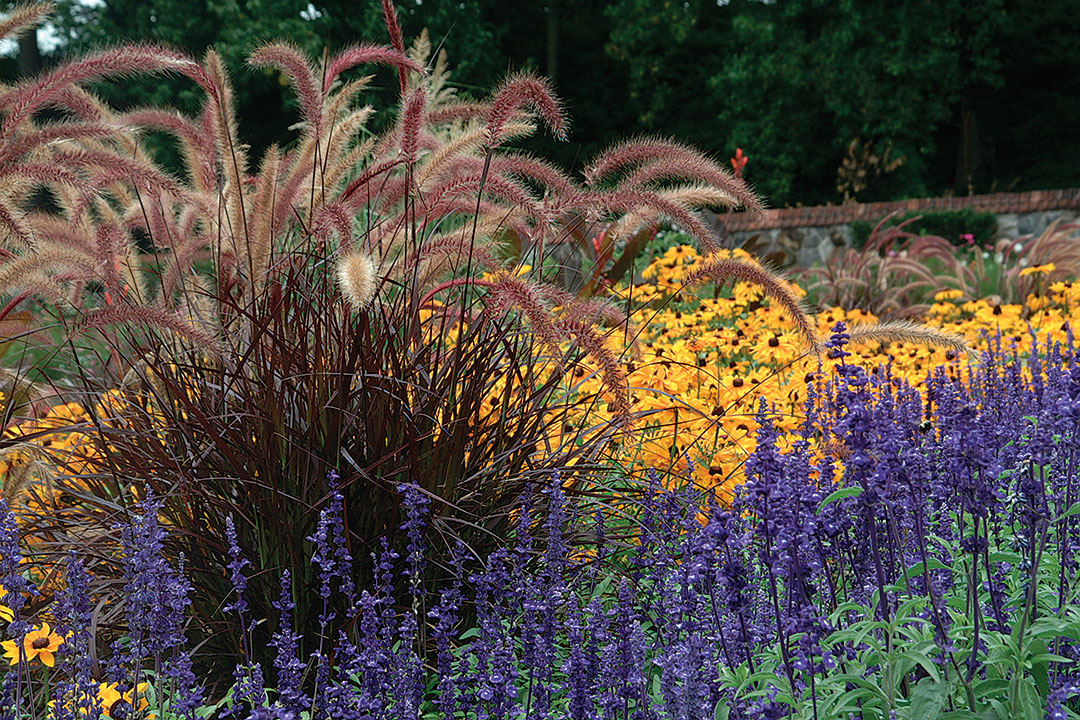
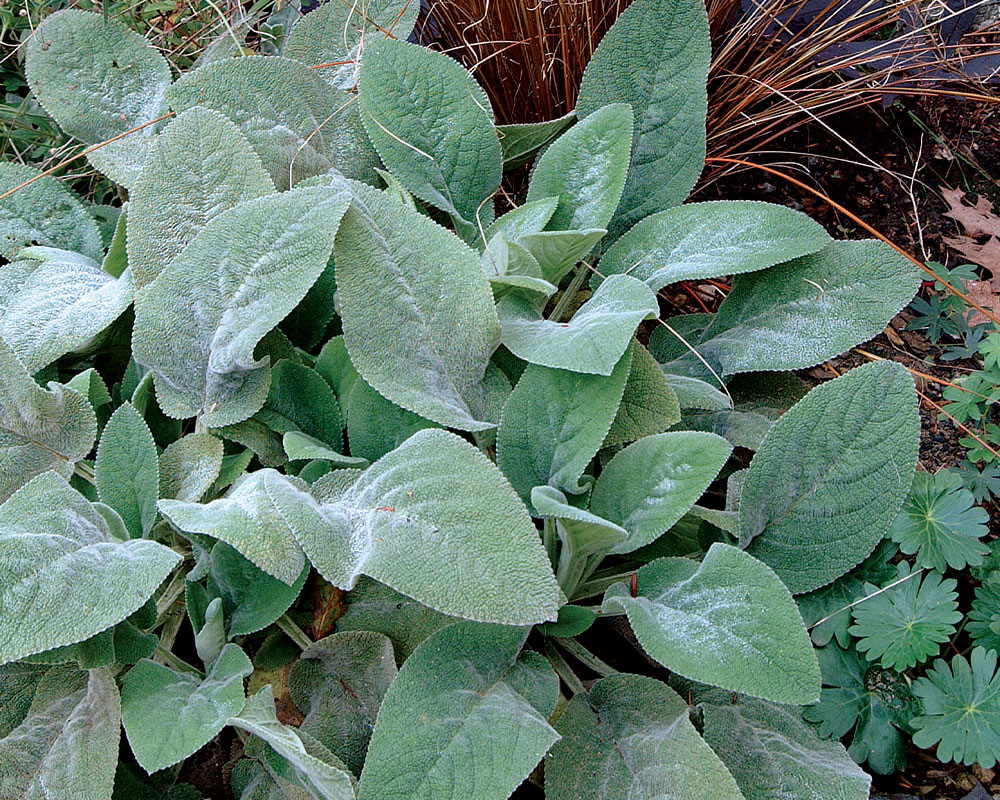
Many people think they should sit down with magazines, books, and catalogs as a way to come up with a complete plan for a border. The first thing I notice about borders designed using this method is that color is nearly always carefully coordinated while texture and form are practically ignored. Yet texture and form are far more influential in the border than flower color since they play an ongoing rather than a transitory role. In fact, I’ve seen some awesome borders that were based solely on form and texture, whereas I have never seen a great border based solely on color.
If you’ve planned a border based on photographs and it didn’t live up to your expectations, your plant choices may have been influenced by the seductive colors in the images. Plants seen through a photographer’s lens may look different in a garden. Texture and form are three-dimensional characteristics that often can’t compete with colorful blooms in the flat dimensions of a picture. That’s why it’s often easier to get a sense of the textures and forms of plants by seeing them firsthand.
Start with plants that inspire you
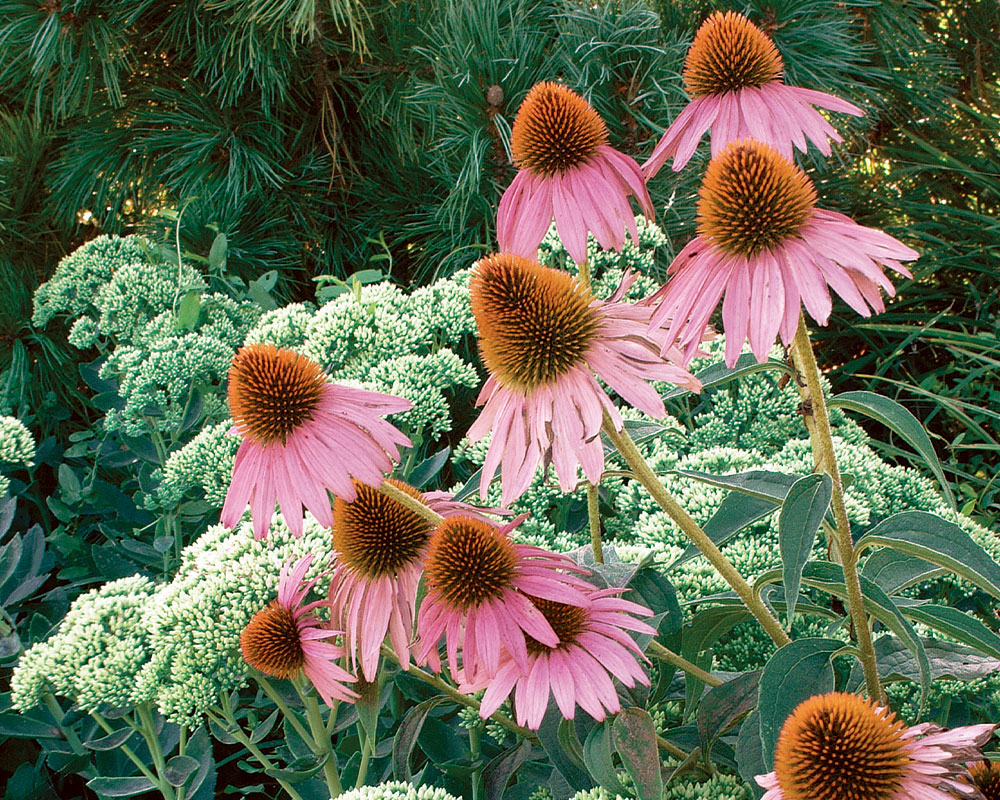
For years now, I have had a vision of a border that began with the velvety brown bloom of the bearded Iris ‘Buffer Zone’ (Zones 3–9). Since then, browns, coppers, rusts, and burnished golds have leaped from garden visits into my plans for a brown and gold border, backlit by the western sun. Over time, I’ve let the salmon-colored Hedychium coccineum var. aurantiacum ‘Flaming Torch’ (Zones 7–10) and Lobelia cardinalis ‘Shrimp Salad’ (Zones 3–9) creep in. Thus, one plant that caught my attention has suggested an entire border. My first suggestion is to visit local nurseries and find plants that inspire you. These choices will suggest a complementary or contrasting companion to enrich the border. If you select a bold-textured plant, this may initiate a search for fine-textured plants to accompany it. Choices are more easily made when the available pool of candidates is reduced. A squat, woolly, silver-foliaged plant like Salvia argentea (USDA Hardiness Zones 5–8) might call for the delicate airy blooms of Gaura lindheimeri ‘Siskiyou Pink’ (Zones 6–9) to dance above it. The combination of brilliant gold foliage and purple blooms found in Tradescantia × andersoniana ‘Sweet Kate’ (Zones 5–9) could inspire an entire border of purple and gold.
My next suggestion comes from observing the talents of several excellent border designers: Get to know the variations of a given plant. Suppose you want the spikes of Kniphofia uvaria (Zones 6–9) for your border, but their 24-inch height doesn’t fit well. You could substitute Kniphofia uvaria ‘Lola’ (Zones 6–9), with spikes 6 feet tall. Or you could opt for the dwarf Kniphofia ‘Little Candles’ (Zones 6–9) at 18 inches high.
As you increase your repertoire of plants, your border choices become more flexible and the ability to find ideal combinations improves. Before long, when you want the look of canna foliage (Canna spp. and cvs., Zones 8–11) but not its bloom, you’ll just switch to queen lilies (Curcuma spp. and cvs., Zones 10–11) or ginger lilies (Hedychium spp. and cvs., Zones 7–11). A painter knows about paints: which ones run, which dry quickly, and which produce a desired effect. You are an artist in the garden, and plants are your paint. Expand the choices on your palette.
Find out how a plant will grow in your region
Another vital factor in designing a beautiful perennial border is to know what your chosen plants will do when they take hold and grow. If you picked Rudbeckia maxima (Zones 4–9) from a picture in a garden magazine or bought it as a 1-gallon nursery plant, you could logically conclude that these black-eyed Susans on 7-foot stems could top the back of your late-summer border. What you wouldn’t know is that if you live in the Southeast, this Rudbeckia flops with enriched soil and plenty of water. What a disappointment to find the flowers down near the ground, with all the surrounding perennials growing up through the wildly flopping stems.
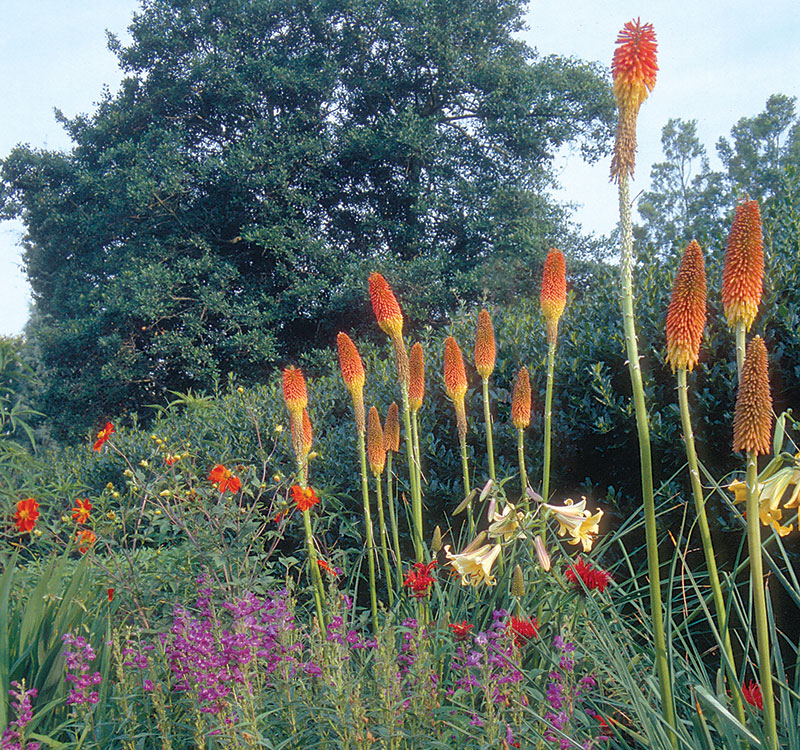

All is not lost, however. If you look closer, suddenly you’ll see that the bluish cast to the black-eyed Susan’s foliage looks great with the burgundy Canna indica ‘Red Stripe’ (Zones 8–10). Furthermore, at ground level, the yellow blooms electrify the Aster novae-angliae ‘Purple Dome’ (Zones 4–8). If a plant fails to perform as you’d hoped, see if you can use it to your advantage.
Forget the planning and just start
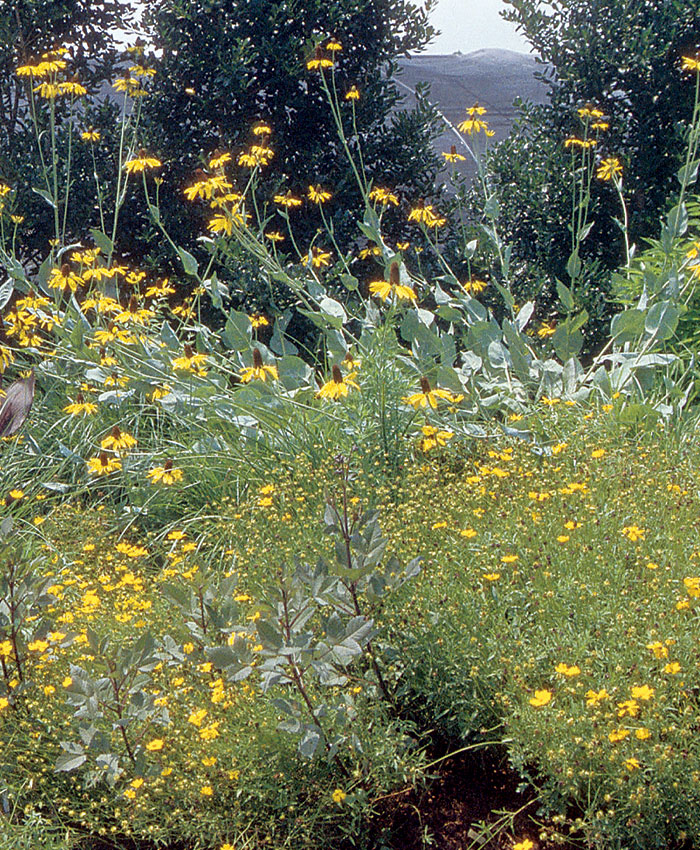
Here’s one final suggestion that could be the key to your success. Start your border before you decide on a style or create a plan. More often than not, a border bogs down in the planning stage and is then abandoned. Just start. You will learn as much from the mistakes of your first effort as you will from hours of reading, sketching, and planning. Most great borders evolve from the process of trial and error. Let everything that worked well the first year stay, and then shuffle around or remove the rest. The first year reveals opportunities for improvement to be made during the next planting season. Because it takes a border at least three years to reach its peak display, the process can be slow. Though it sounds more complicated, the no-plan method often leads to a beautiful garden much faster than you’d expect.
Once you’ve gardened this way for a while, you will see new value in the classic design concepts touted in the books and magazines, such as color harmony, texture contrast, and repetition of form—and combining these techniques in the garden will soon become second nature.
Amy Fahmy is a garden designer in North Carolina.
Photos, except where noted: Amy Fahmy
Fine Gardening Recommended Products

A.M. Leonard Deluxe Soil Knife & Leather Sheath Combo
Fine Gardening receives a commission for items purchased through links on this site, including Amazon Associates and other affiliate advertising programs.

Berry & Bird Rabbiting Spade, Trenching Shovel
Fine Gardening receives a commission for items purchased through links on this site, including Amazon Associates and other affiliate advertising programs.
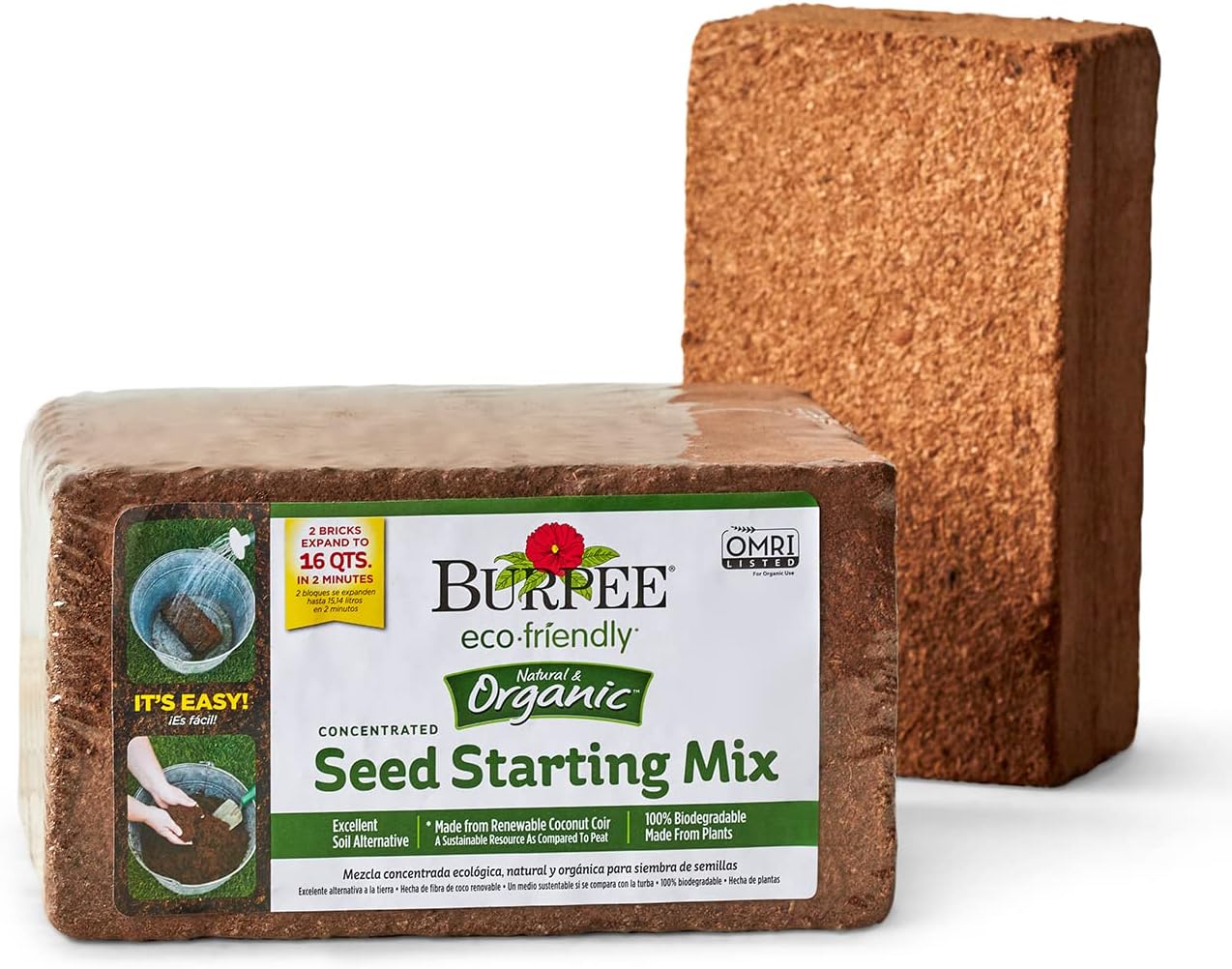
Burpee Organic Coconut Coir Concentrated Seed Starting Mix, 16 Quart
Fine Gardening receives a commission for items purchased through links on this site, including Amazon Associates and other affiliate advertising programs.


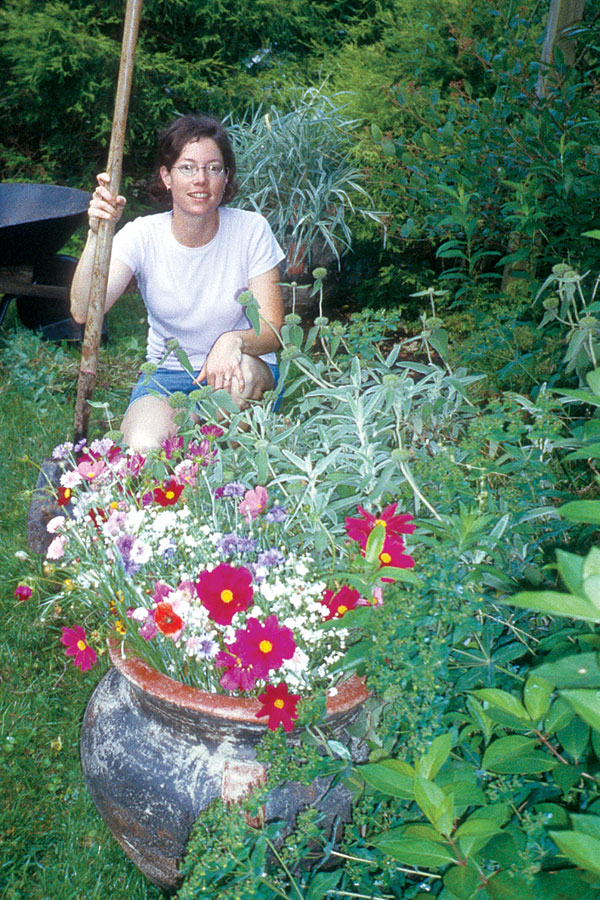




Comments
Log in or create an account to post a comment.
Sign up Log in